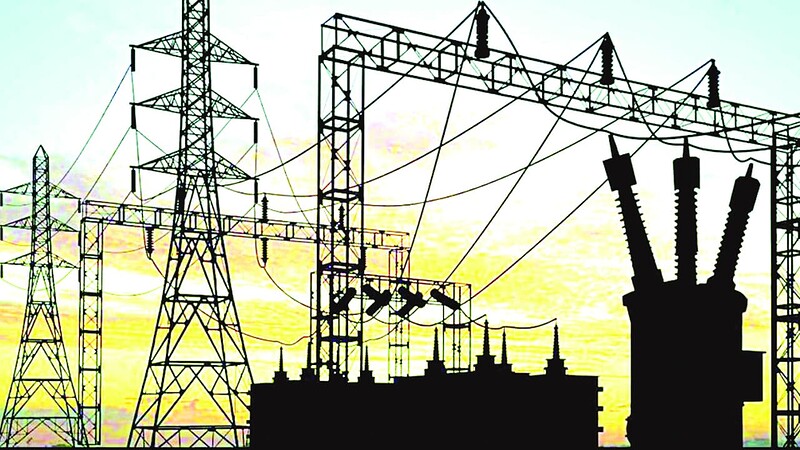Nigeria is once again plunged into darkness due to a failure of the government-operated electricity transmission on Monday afternoon.
The electricity generation capacity decreased significantly at approximately 1:00 pm, from 4,032.80 megawatts at 12:00 pm to 43 megawatts at 1:00 pm and a pitiful 303 megawatts at 5:00 pm.
The data accessible on the Transmission Company of Nigeria’s System Network indicates that as of 5 p.m., all 22 electricity plants connected to the grid were producing zero megawatts, even though the majority of DisCos have confirmed that their feeders are offline.
The national grid, one of the most disgraceful entities in the electricity sector, has experienced multiple failures in the current year alone. Over the past decade, the grid has experienced approximately 138 failures.
TCN had only recently proclaimed a deceptive commemoration of 400 days without a system failure. A double-risk grid system collapsed at 12:40 a.m. and again at 6:40 a.m. (six-hour interval) approximately two months ago.
Data on power system failures revealed that the nation experienced twenty-four power system failures in 2013. Thirteen collapse incidents occurred in 2014. The number of grid collapses increased from ten in 2015 to twenty-eight in 2016 and twenty-one in 2017.
The number of cases of grid collapse in the years 2018, 2019, 2020, and 2021 was 13, 11, 4, and 4, respectively. Approximately ten collapses occurred between 2022 and the present.
On Monday, at 1:00 pm, The Guardian determined that 43 megawatts of Ibom power remained on the grid. At 5:00 pm, only Azura was connected to the grid with 303 megawatts.
At approximately 13:00, several distribution companies (DisCos) confirmed that the power outage had occurred.
